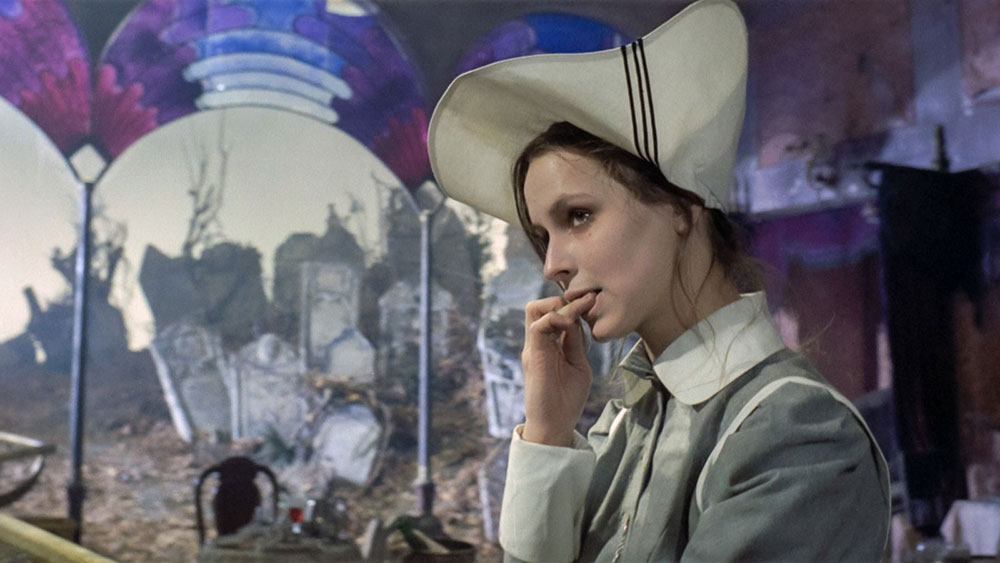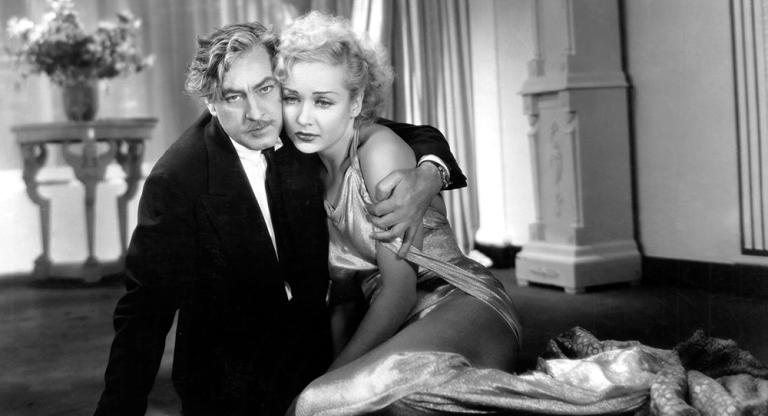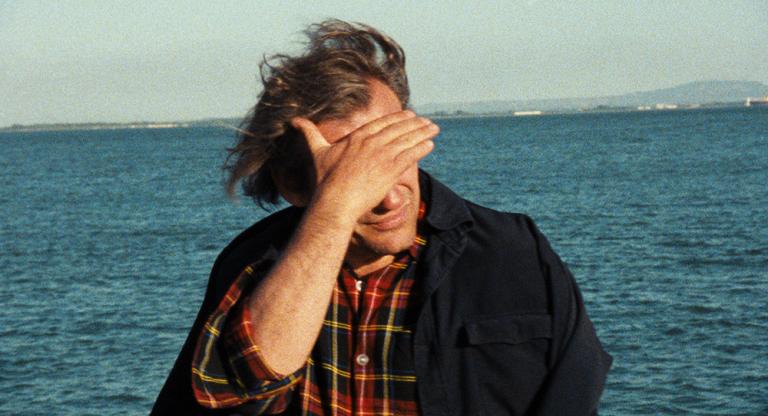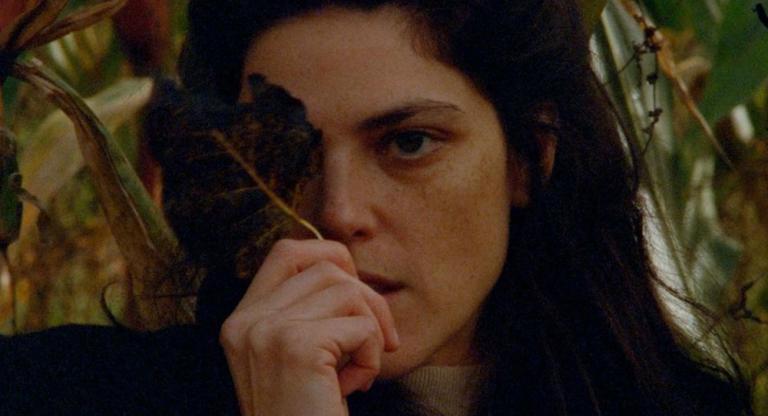Death inhabits every frame of Wojciech Has’s The Hourglass Sanitorium (1973). Its omnipresence hangs over each scene like a silhouette and instills a ghostliness in its images. These images are both dead and alive, embodying a circular phenomenology. And this phenomenology, where a presence exists because of its absence, is also that which the victims of history are fated to; in this case, that of Polish Jews and their culture after World War II. Has’s film is an oneiric odyssey divorced from any conventional understanding of spatial logic or temporal linearity. Instead, it exists in the liminal space between memory and fantasy. It is a séance for Poland's past that immerses itself in the fictions of history and memory, and in doing so mourns the death of its Jewish culture.
In the film’s first scene, an animated bird rises above a still winter landscape, its wings flapping slowly as it drifts beyond the frame and the world begins to spin. Moving away from the winter landscape, Has reveals the scene was being viewed through the window of a dilapidated train car. A brief moment later, Józef, a young Jewish man aboard the train, is awoken from his slumber by a blind conductor who tells him that he has reached his destination. He is traveling to visit his dying father in a rural Polish sanitorium. Upon arriving, he finds the hospital halls empty and decaying. The lone doctor on staff proceeds to take him to his father’s room. Józef finds his father’s body limp but still breathing and the doctor tells him that although his father has died, relatively speaking he is not dead yet, and is instead in a kind of limbo. Józef then wanders to a window where he sees his earlier arrival at the sanatorium playing out in a different way. He observes his dopplegänger follow a young boy down a passageway that was previously blocked by a wall of tombstones. From this moment on, Józef journeys through the sanatorium in a free associative trip, encountering memories of his childhood shtetl, historical fantasies, and religious rituals, while also meeting the ghosts of his family members, imaginary friends, and religious specters.
The film's structure and logic is best understood intuitively. Its sequences are oriented around Józef’s immediate experiences and thereby semiotically caprice. With Józef and the film's focus constantly shifting into new unpredictable realms, symbolic associations proliferate and are free-wielding: a decaying book leads him to frantically collect and safeguard its pages, an encounter with an adventurer carrying rare bird eggs sends him on a search to find his father at an ornithological festival, and a military procession directs him into the arms of his mother. Each of the film’s various scenes make sense within their own immediate circumstances, but its overall narrative becomes increasingly indecipherable by design, as individual fantasies compound and multiply. Has is more interested in constructing a dense web of interconnected ideas than rationalizing the purpose of any individual scene or character; the only unifying element between these individual scenes are cinematographer Witold Sobociński’s masterfully crafted long takes, which exhibit exceptional awareness for both composition and spatial focus. Tracking Józef as he crawls under beds, scales over walls, and walks through mirrors, Has collapses the gaps between his imagination and memory. Józef’s fixation on preserving his childhood memories by manifesting his subconscious in the sanatorium belies his inability to comprehend the loss of his father and his culture. He tries to obfuscate his awareness of these realities by fantasizing about princesses, brave soldiers, and better times, but at a certain point it becomes impossible for him to deny that his father’s shop is empty. Where there once stood a shtetl bursting with life now exists a graveyard. Although Józef is not destined for the grave just yet, he might as well be, as he is stuck in limbo and shackled by remembrance—he can do nothing but beckon others toward both.
The Hourglass Sanatorium screens March 23-30 at Lincoln Center in a new digital restoration as part of “The Long Strange Trips of Wojciech Jerzy Has.”



